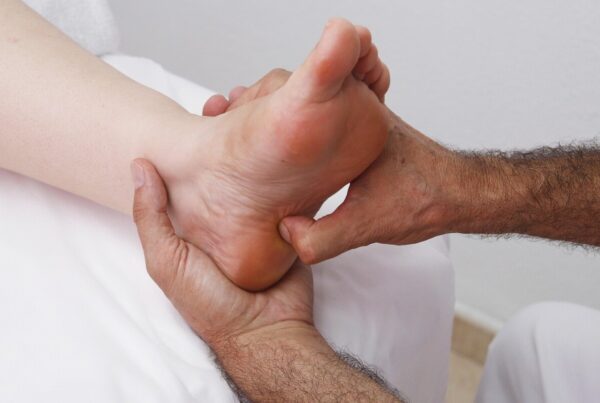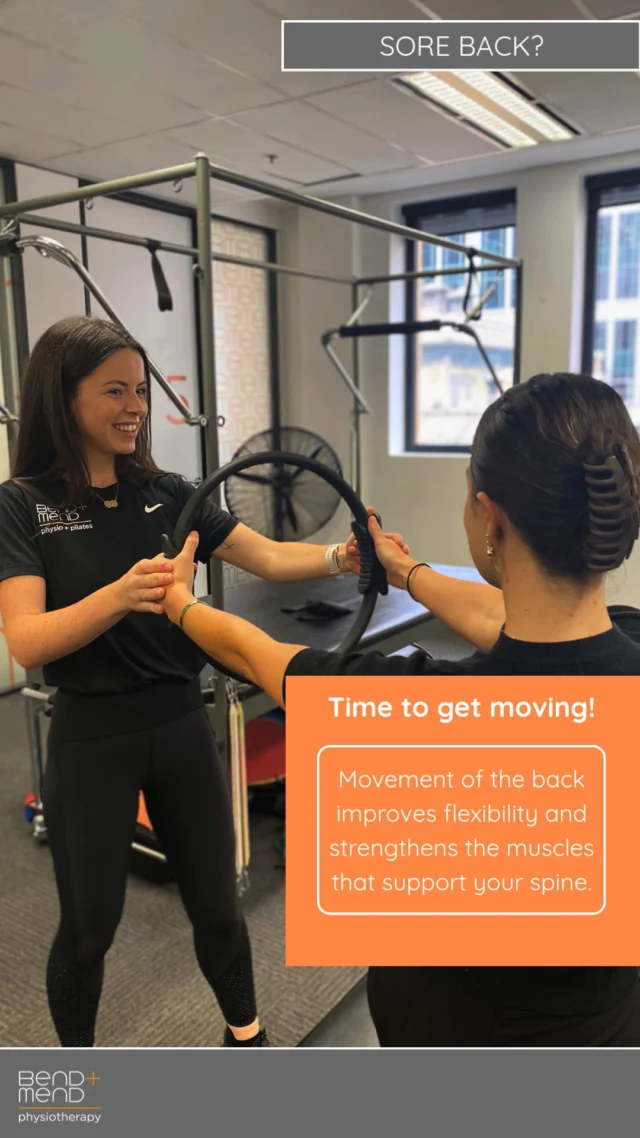Lateral ankle sprain has been documented to be the most common lower extremity injury sustained during sport participation. Approximately 85% of all ankle sprains result from an inversion mechanism and damage to the lateral ligamentous complex of the ankle.
Injury to the lateral ligamentous complex at the ankle joint results in pain, swelling, and limited range of motion. A loss of normal ankle dorsiflexion is commonly observed at the talocrural joint following sprain.
The amount of available ankle dorsiflexion plays a role in future injury development, whether this be a predisposition of reinjury of the ankle, otherwise there is evidence to suggest restricted ankle dorsiflexion increases the likelihood of developing: plantar fasciopathy, iliotibial band syndrome, patellofemoral pain syndrome, patellar tendinopathy, anterior cruciate ligament injury, achilles tendinopathy and medial tibial stress syndrome (shin splints).
Not only does the the limited ankle dorsiflexion predisposes the individual to injuries previously stated, but also impedes on physical performance, causing an altered running pattern, and also may alter the individuals squat pattern or movement. Addressing the cause of ankle range of motion restriction is absolutely integral in the rehabilitation following ankle sprain, whether this be joint restriction, muscular restriction or swelling.
Physiotherapy intervention and manual therapy are shown to be effective in the restoration of range of motion. Aside from manual therapy such as joint mobilisations and soft tissue massage techniques often home exercises to maximise range of motion will be prescribed. Below will be 4 of my favourite exercises to improve ankle range of motion
Dorsiflexion Self Mobilisation with Movement
- Start in a kneeling position, with your affected ankle placed in front.
- Secure a resistance band or belt around your affected ankle and secure it behind you.
- Place a stick next to your lower leg to prevent the knee from moving inwards.
- Move forward, holding the stick and keeping your heel on the floor.
- Perform in a slow and controlled motion.
- 3×15 reps
Calf Stretch
- In a standing position, step your affected leg back behind you.
- Keep the heel on the floor and the toes pointing forwards.
- Bend the front knee, moving your body forwards, until you feel a stretch in the back of the calf.
- 4 x 20” stretch
Soleus Stretch
- Step the affected leg backwards.
- Keeping the toes pointing forwards, bend the front leg, moving your body in this direction.
- Hold this position and allow the back knee to soften, your heel may come up a little.
- You should feel this stretch lower down in the calf near the tendon
- 4 x 20” Stretch
Eccentric Calf Raise
- Step up on to a step
- Your heels should rest over the edge of the step.
- Your weight should be in the balls of your feet.
- Rise up onto your toes.
- Control the movement as slowly as you can back over the edge of the step (4seconds for eccentric phase)
- 3 x 12 reps
If you have an ankle injury, you must have this seen by a Physiotherapist to develop an appropriate rehabilitation program as to reduce the risk of re-injury and reduce the risk of developing a chronically stiff ankle with restricted dorsiflexion. Our Bend + Mend Physio’s are happy to help and get your ankle back to its full function.





